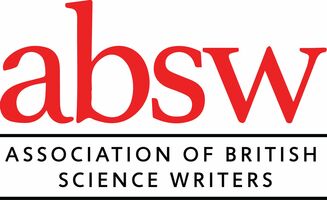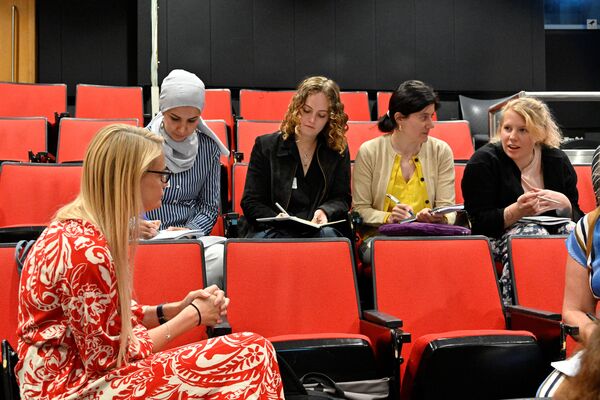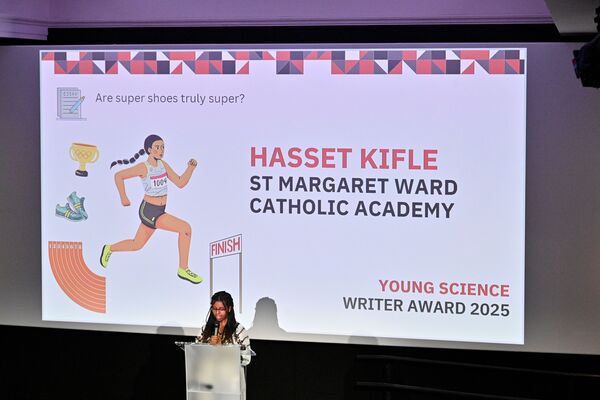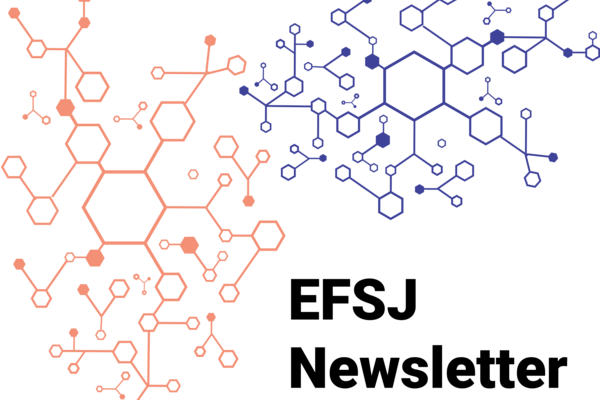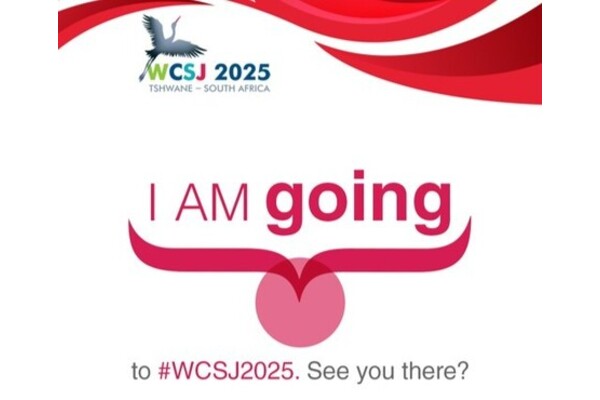Photo credit: Mark Lewis Photography
With more than a decade of experience in scientific research and science communications behind me and midway through an NCTJ diploma, I’ve felt poised at the starting line of a career in environmental journalism for years. I have the passion, drive, and skills needed to have made it to that starting line in the first place, but for some reason, I could never quite hear the starting pistol.
For me, the ABSW Summer School was that pistol shot, signalling the start of what I hope will be a very long, very rewarding race.
Before attending the Summer School, I felt that there were gaps everywhere when it came to my understanding of this field of work. How do I find stories? What is the life cycle of story development? Why would an editor be interested in what I have to say? And so many more questions seemed to paralyse me from taking my next steps, and no amount of Googling or asking questions to seemingly relevant people seemed to help.
This all changed in the space of one day at the ABSW Summer School 2025, where, thanks to the generous scholarship programme, session after session, I felt the final puzzle pieces sliding into place. Receiving guidance, encouragement, and practical advice in such a specialised area of journalism helped me visualise my next steps, give me the confidence to take them, and pin down exactly what I still needed to learn.
One session that really helped things click for me was ‘Journalism from scientific papers: Finding the most valuable stories.’ Having previously worked as an assistant editor at a science publishing company and with extensive experience in editing scientific papers, I really wasn’t sure whether this session could tell me much more than I already knew. I was totally wrong. Far from being a surface-level overview of academic paper structure, this session went a lot deeper than I expected by really getting into the detail of how a story, not just a topic, can be revealed by reading between the lines of papers, conducting author interviews, and focusing on excavating what the real interest would be to a reader.
My key takeaways were that by visualising how the research was conducted practically, visualising the authors as actual people as opposed to a list of anonymous names, and letting your innate curiosity guide your next actions, you could pull the first thread of a story from almost any paper to excite, enthral, and educate readers. This session answered questions I didn’t even know I had yet. At the end, when I walked out of the lecture theatre, I was able to leave behind my catalogue of insecurities about my journalistic abilities.
Beyond this, I soaked in lessons from every session I attended, from learning how and when to pitch a story to how to identify when you’re ready to reach out to potential interviewees and everything in between. Hearing from working science journalists about what really works (and what really doesn’t) is something I couldn’t learn from my studies alone.
A key lesson I took away from both the ‘Career Paths in Science Journalism’ panel and by speaking to science journalism professionals during speed networking relates to quite a simple question: how do I even begin to know what to investigate? The answer, it seems, lies in building relationships, simply talking to people, and following your curiosity.
The most irreplaceable aspect of attending Summer School in-person was the conversations that struck up while crowding around the tea and coffee station, waiting for a session to start, or simply strolling up to the nearest person and introducing yourself. I met so many inspiring people who are working hard to forge ahead in meaningful careers as science journalists. Whether they were pivoting their current career path or committed to moving directly from education to journalism, everyone had their own story and a determination to succeed. I made new contacts at the Summer School and am so excited to follow their journeys and celebrate their successes.
As a new parent at the beginning of an exciting career path, it was really reassuring to learn that freelance journalism is a viable option for me, and excellent journalism can be done from home, thanks to video calling technology, making remote interviews possible. I am now so much clearer on what I need to do in order to get science stories that inform and educate published.
The starting pistol has gone off, and the race has begun.
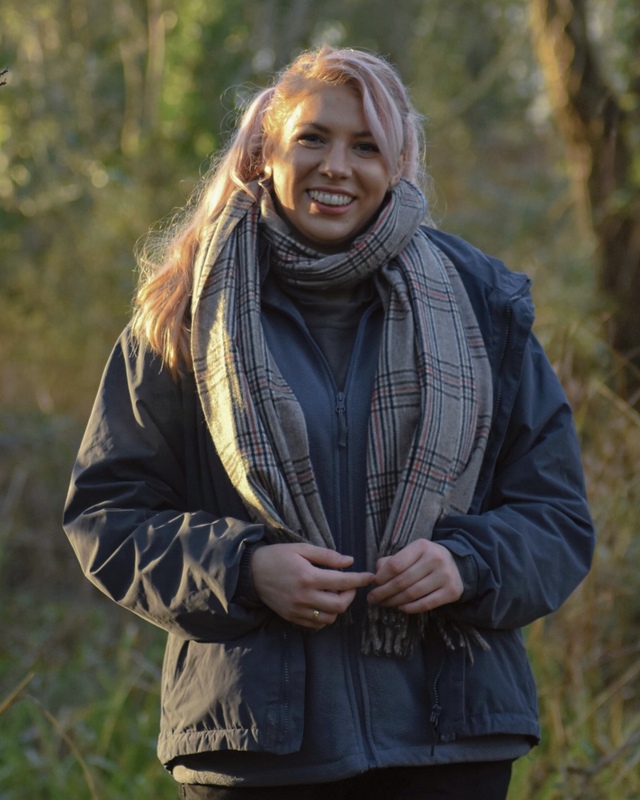
Stephanie Meadows is a freelance Environmental Communicator working in podcasting, content creation, blogging, editing, and presenting through her brand Step(h) into Nature. Stephanie has a background in ecological research, having previously obtained an MRes in Tropical Forest Ecology from Imperial College London and a BSc in Biosciences. She is currently studying for a Level 5 Diploma in Multimedia Journalism with News Associates, thanks to a scholarship from the Journalism Diversity Fund, with ambitions to forge a career in investigative environmental journalism. Currently, she resides in Bristol with her partner, baby girl, and 83 plants.
Stephanie was awarded a Diversity Scholarship 2025.
